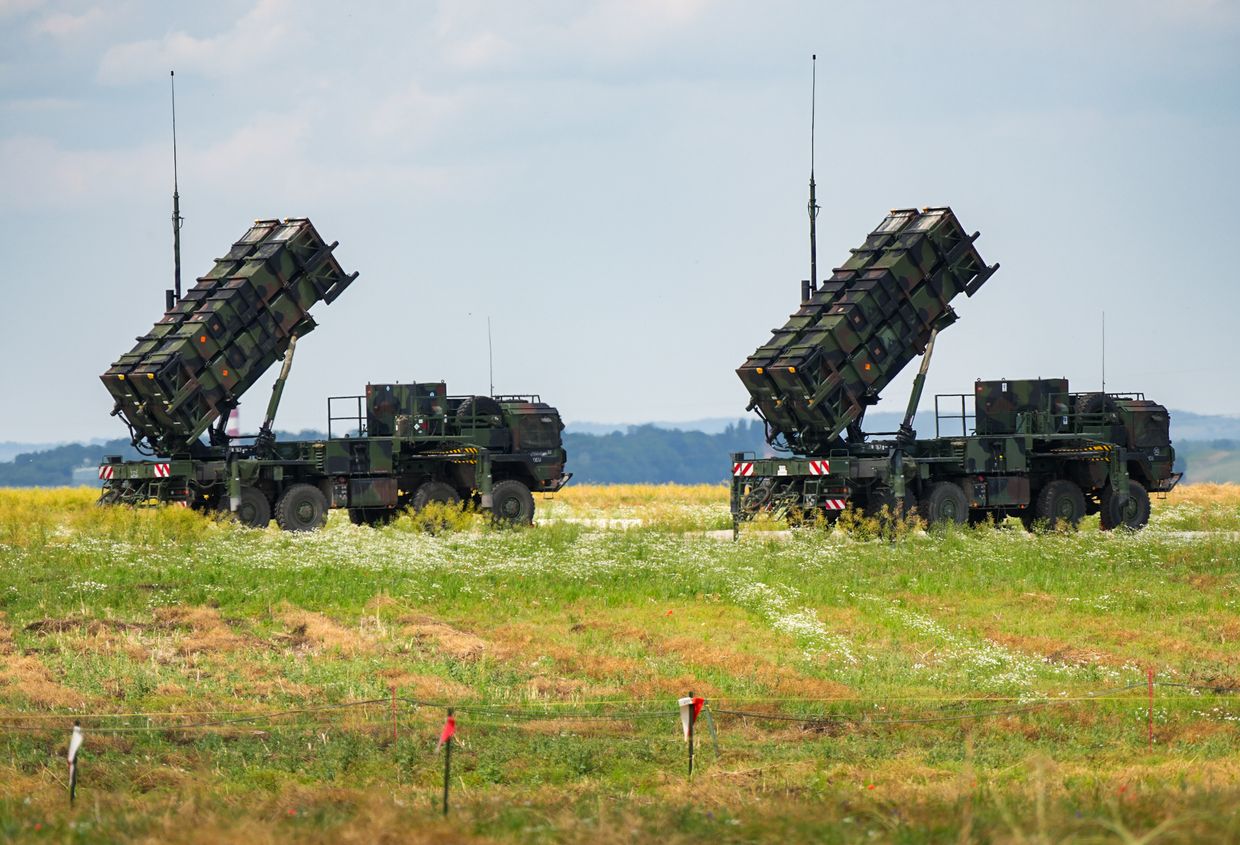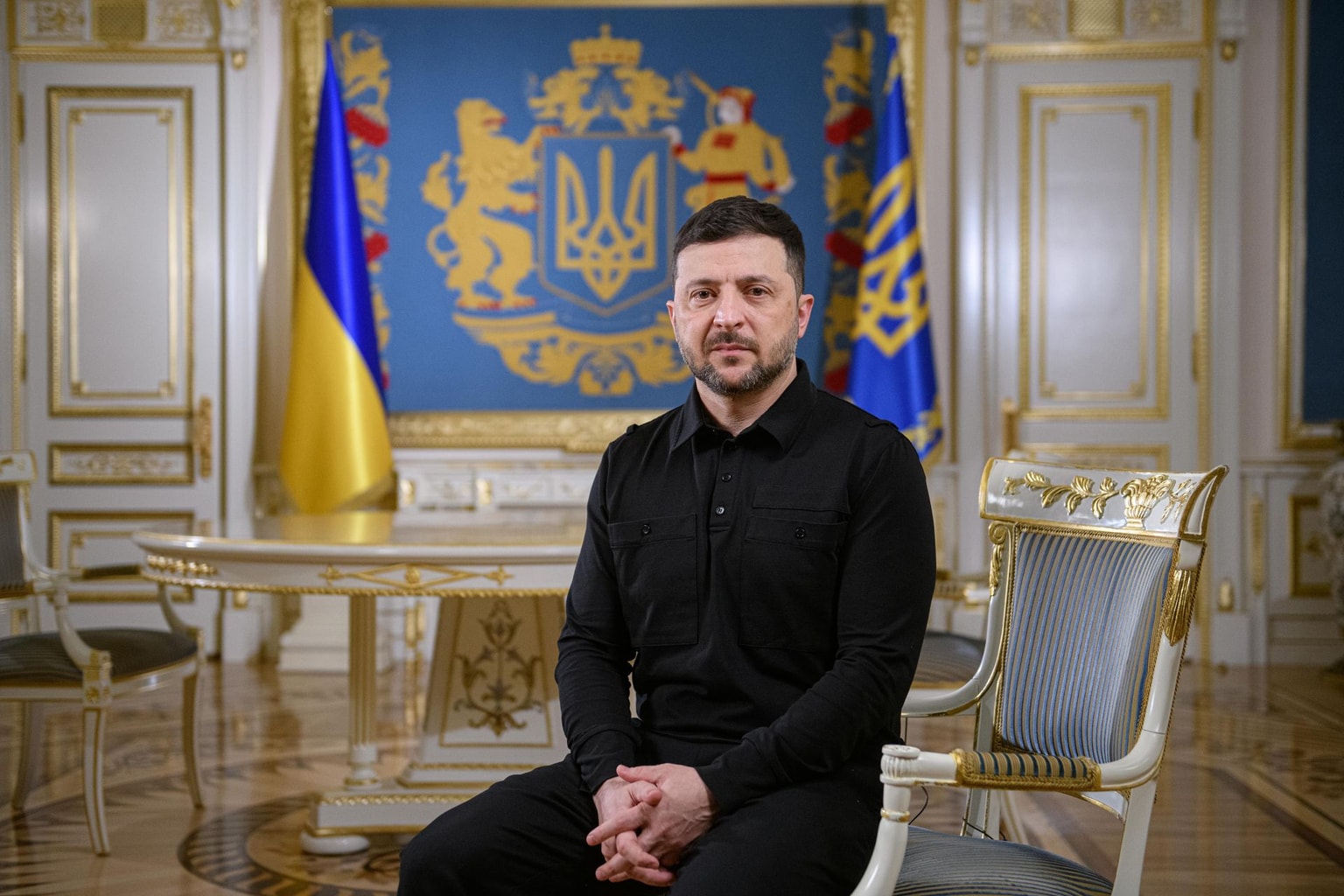Europe's overall Ukraine aid outpaces US by $26 billion, report says

Total assistance allocated by Europe to Ukraine since 2022 stands at 138 billion euros ($157 billion), 23 billion euros ($26 billion) more than the U.S., according to an April 15 report by the Kiel Institute for the World Economy's Ukraine Aid Tracker.
The U.S. still holds an edge in terms of military aid — its 65 billion euros ($74 billion) total leads Europe by 1 billion euros ($1.1 billion) — but the gap is narrowing, as Washington has not allocated a new aid package since Jan. 9, still under the Biden administration.
U.S. President Donald Trump has yet to provide fresh aid for Ukraine as he seeks to broker a ceasefire and restore ties with Moscow.
The U.S. president partially justified his reluctance to provide new aid by claiming that Europe has donated considerably less assistance to Ukraine while putting the U.S. aid at $350 billion, claims refuted by the Kiel Institute's report.
In March, the new administration even briefly paused all military and intelligence assistance previously approved by Biden to pressure Kyiv into accepting a mineral resources deal.
As a result, U.S. assistance to Ukraine has stalled since Trump took office, while Europe has steadily maintained its support. Ukraine previously experienced such a long gap in new U.S. aid allocations in early 2024 when a Trump-aligned wing of the Republican Party blocked the assistance in Congress.
Researchers highlighted several recent European aid packages, including Sweden's largest assistance tranche to date worth $1.6 billion and new support from Germany, the U.K., Norway, and Denmark.
Speaking at the 27th Ramstein-summit format on April 11, U.K. Defense Secretary John Healey announced that the allies — not including the U.S. — had committed more than 21 billion euros ($23.8 billion) in new security assistance to Kyiv.
Ukraine has ramped up calls for new aid, particularly air defense, as Russia continues in its unrelenting attacks against Ukrainian cities and rejects a temporary truce backed by Kyiv and Washington in March.
"The recent pause in U.S. aid raises the pressure on European governments to do more, both in financial and military assistance," Taro Nishikawa, project lead of the Ukraine Support Tracker at the Kiel Institute, said in a statement.
Researchers also highlighted the disparity between various European countries. Some of the larger Western economies, such as France, Italy, or Spain, have allocated notably smaller portions of their GDP than the Nordics and the Baltics, the report shows.












